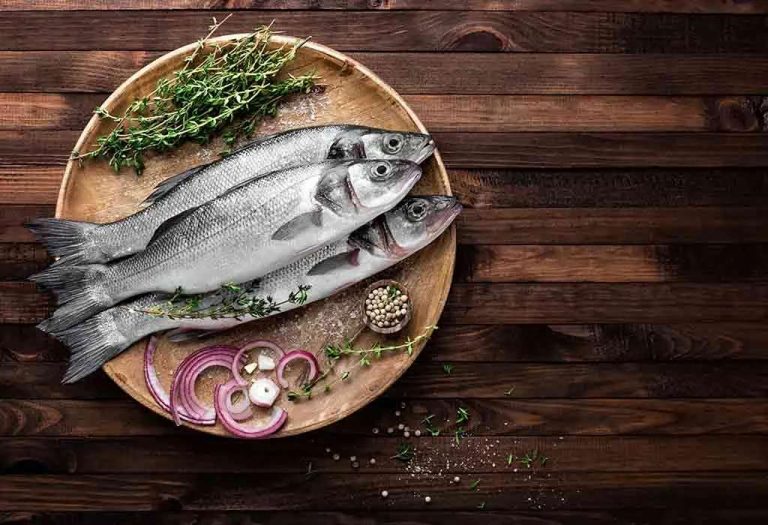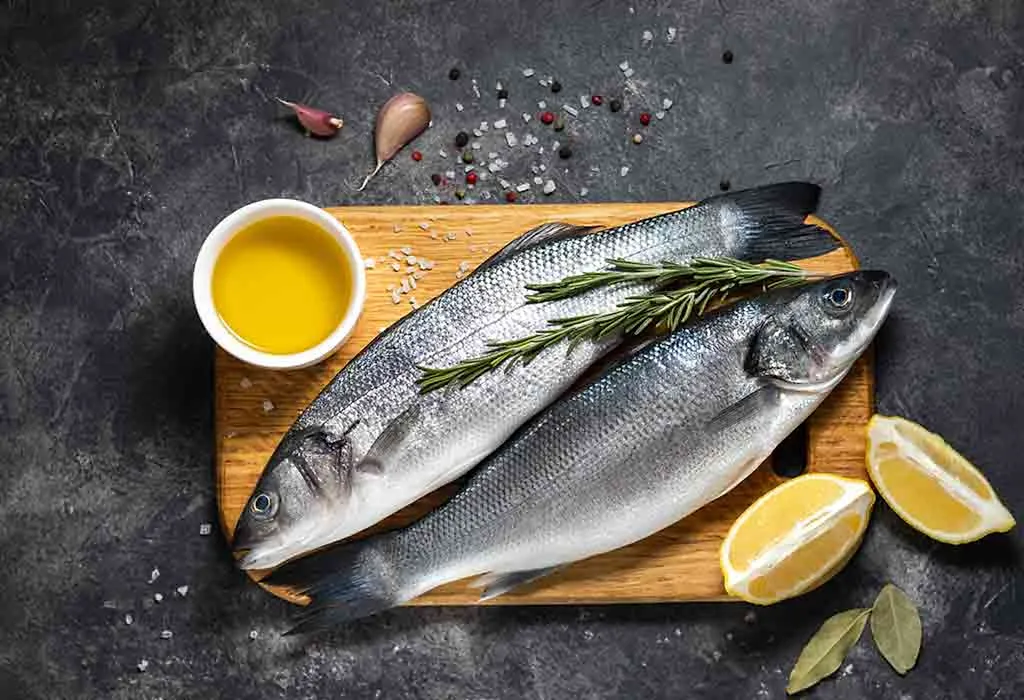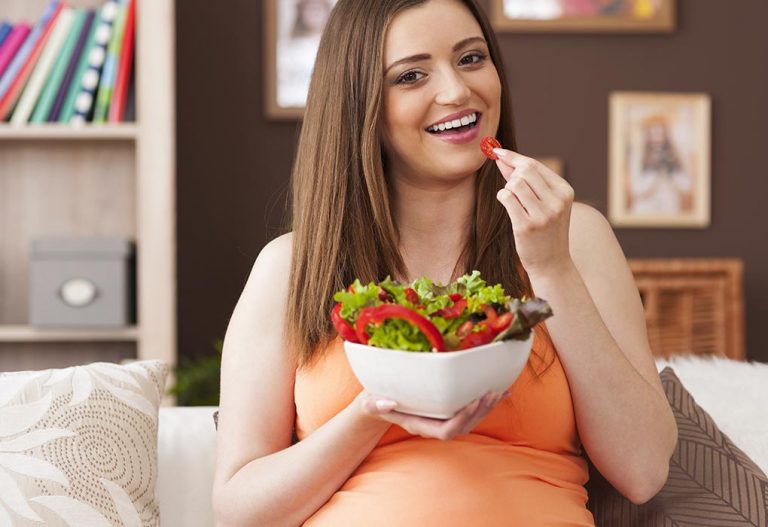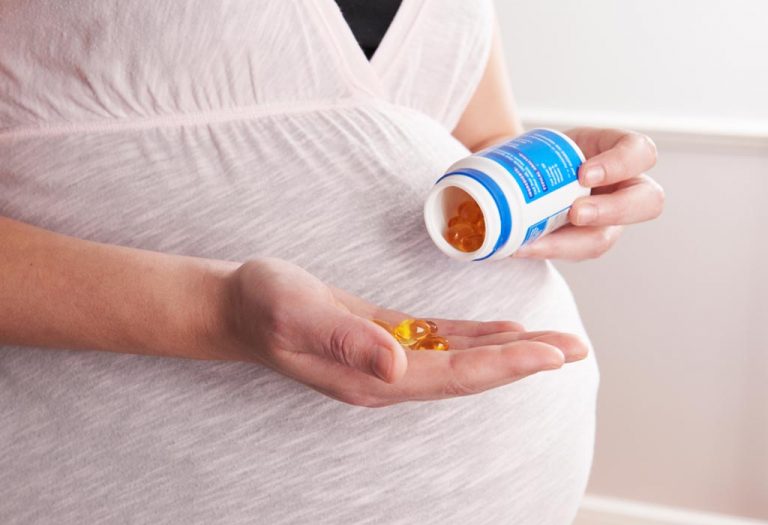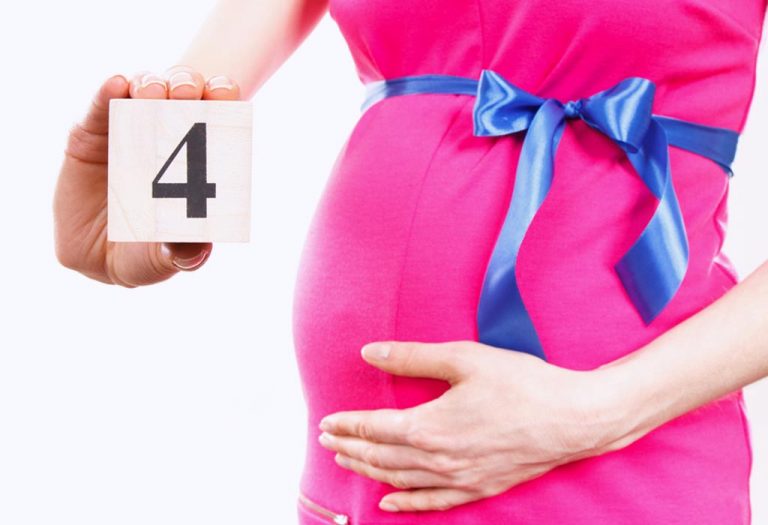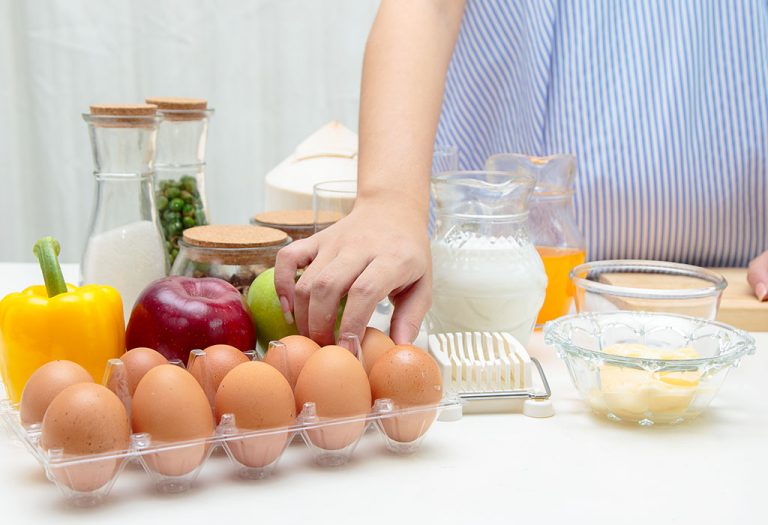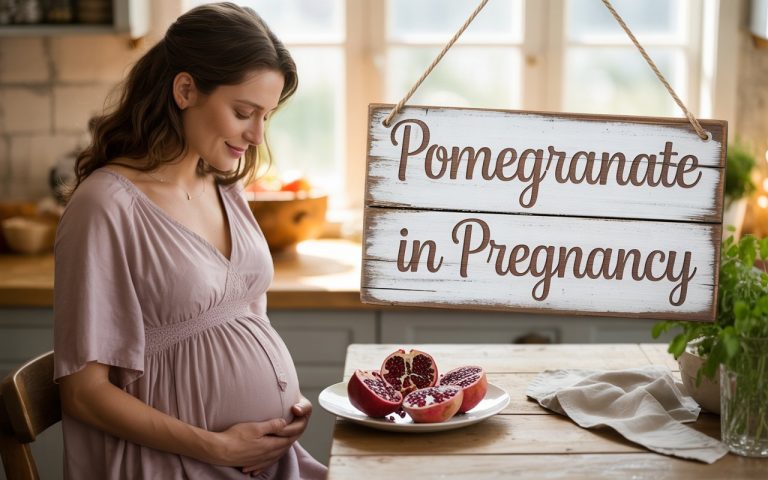Is Eating Sea Bass When Pregnant Safe?
Consuming a balanced diet is vital for maintaining good health during pregnancy. Special care of your diet would mean including a lot of essential nutrients like protein, iron, vitamin D, vitamin B12, and minerals like iodine, zinc, and selenium that would help meet the growing needs of the developing fetus.
Unfortunately, the fish we eat contain pollutants and toxins like mercury in water bodies that can be harmful when ingested. The omega-3 fatty acid content in fish promotes fetal brain and nervous system development while lowering the risk of preeclampsia, low birth weight, and preterm delivery. Although most fish are safe to consume when pregnant, seafood like sea bass might be contaminated with damaging polychlorinated biphenyls (PCBs) and mercury. With growing concerns about mercury levels, the potential impact of sea bass and pregnancy, especially pregnancy-related dietary restrictions, must be considered before choosing to consume this delicious fish when they’re expecting.
What Is Sea Bass?
Sea bass is a common name for various species of marine fish. They are relatively small fishes that prefer the shallower regions of warm and tropical seas. Mostly found in estuaries, this coastal fish is carnivorous and perennially hungry. Its wide-ranging diet includes everything from the smallest crustaceans and molluscs to bite-size members of its species. Multiple varieties of Sea Bass have characteristics that need to be checked before starting them. This perch-like fish has attractive silvery skin and hard scales to remove before cooking. The fish also has spines and razor-sharp gill covers. The tail is generally straight-edged or rounded (4). Sea Bass’s firm, creamy-white, slightly oily flesh has a mild, tender, buttery flavour with a subtly sweet cross between cod and mackerel. Sea bass is an excellent choice for people with a sensitive palate who don’t prefer fishy-tasting seafood.
What Are the Types of Sea Bass?
Varied species of sea bass include striped sea bass, black seabass, Chilean sea bass, and European sea bass (5). The Chilean species is a type of cod with the highest mercury content out of all the sea bass fish for pregnant women. Thus, Chilean sea bass should only be taken once a week during pregnancy.
While farmed fish contains a lower mercury level, it’s not entirely free from it. The fish sold and consumed as sea bass in Ireland and the United Kingdom is the European Bass, a member of the Moronidae family. Known as Mediterranean sea bass, loup de Mer, or branzino, the European sea bass is also found around Europe and North Africa. Black sea bass is considered safe for consumption at least two to three times a week during pregnancy as it contains lower mercury than the Chilean sea bass.
Mostly found on the east coast of the US in lakes and rivers, a large portion of striped sea bass is raised in fish farms. Pregnant women can consume it up to three times a week because it has a lower mercury level than black and European sea bass.
Is It Safe to Consume Sea Bass During Pregnancy?
Seafood is a rich source of protein, iron, and zinc your growing baby needs. Omega-3 fatty acids in many fish include DHA, which is suitable for your baby’s brain development. Nevertheless, fish also contains mercury levels that may build up in your blood due to more frequent consumption. Mercury can stay in the body for quite a long and can harm the growth of the fetus (3). Low in calories, one serving of sea bass is an excellent source of protein, selenium, and essential omega-3 fatty acids, making sea bass good for pregnancy (1). It also contains levels of certain pollutants similar to those of any other oily fish. While striped bass and black bass contain moderate levels of these contaminants, Chilean bass contains high levels of mercury and could lead to mercury poisoning. Pregnancy and sea bass can go hand in hand as long as the fish is consumed in moderation, ensuring a balance between gaining its nutritional benefits while minimising the risk of mercury exposure. Due to the varying levels of contaminants in different varieties of bass, it is safest to avoid consuming it altogether for pregnant ladies with some health complications.
What Is the Mercury Level of Sea Bass?
The mean mercury level in saltwater sea bass, black sea bass, striped sea bass, and rockfish is 0.167 ppm, which is relatively low. Chilean sea bass has a mean PPM of 0.354 (6). Due to its moderate mercury level, it’s best to eat Chilean sea bass only once weekly.
Is It Safe to Eat Raw Sea Bass While Pregnant?
Eating raw or under-cooked fish can expose your baby to mercury, bacteria, and other harmful parasites during pregnancy. Hence, it is best avoided by pregnant women. About 82% of obstetricians and gynaecologists who responded to a survey on raw fish and pregnancy said it is unsafe, while around 19% suggested thorough freezing that may kill parasites. As parasitic infections can be extremely challenging to treat in pregnancy, eating raw fish is undoubtedly a matter of concern for expecting mums. Different countries have different advisory rules for pregnant women on raw fish. Chilean sea bass is often “fresh” or “refreshed,” which means it has been frozen at sea and thawed out. So, check the label to indicate whether the Sea Bass has been previously frozen and whether you should store it or use it soon after defrosting it.
How Much Sea Bass Is Safe to Consume When Pregnant?
Sea bass may contain a similar level of pollution as oily fish. According to the 2015-2020 Dietary Guidelines for Americans, pregnant women or nursing moms can consume between 8 and 12 ounces of a variety of seafood per week from varieties with lower mercury content. Thus, the FDA recommends that cooked sea bass be eaten up to two to three times a week during pregnancy to get the benefits of fish without the harmful effects of mercury.
The Safest Ways of Consuming Sea Bass When Pregnant
All fish should be cooked to 145°F (63°C) before consumption during pregnancy (7). Most species of sea bass (except for Chilean sea bass) contain low levels of mercury, making it an excellent choice of fish when pregnant. Grilled sea bass that has been appropriately cooked is relatively safe during pregnancy. Any bass is generally seasoned with lemon and herbs and cooked on a well-oiled grill until the skin turns opaque and flakey. Sea bass can be pan-fried and served alongside vegetables or fresh salad. Sea bass can be baked in an oven for 25 minutes and served with peppers, pinenuts, and olives to avoid cooking with oil, which can add extra fat and calories to your diet. Overall, sea bass is a nutritious fish choice if you verify the species and ensure it’s thoroughly cooked.
Things to Consider While Purchasing Sea Bass
Most of us are overwhelmed by the wide selection of fish available at local fishmongers or supermarkets. However, if you want to ensure that you’re consuming the freshest and best quality Sea Bass, here are some tips that can be your best guide.
- Look for fish with a deep colour and pink (not brown) gills.
- It’s best to purchase fish with the skin still on.
- The flesh of the Sea Bass should be firm with tight, small flakes embodying a delicate flavour. So, make sure the fish is not discoloured or smells foul – a sea bass has a sea-fresh smell.
- The tail of the fish should be stiff.
- The skin should be shining and bright, natural-coloured. The moist skin of a fresh fish should feel slightly slippery.
- Scales should not be missing and should be firmly attached to the skin.
- While buying whole fish, see that its eyes are clear, bright, and not sunken. They need to be bulging out slightly.
- If you’re buying Sea bass from the supermarket, it must be frozen hard with no signs of thawing. The packaging should not be damaged, and there should be no evidence of freezer burn.
FAQs
1. Is it safe to eat black Sea Bass during pregnancy?
Eating sea bass during pregnancy is safe, but consumption should be in moderation. As their mercury levels can harm the fetus, pregnant women should limit the amount of serving (2).
2. Is consuming Sea Bass while breastfeeding safe?
Sea bass is a good source of protein that can give you energy. It is a good source of fatty acids like docosahexaenoic acid (DHA), which helps promote the baby’s brain development. Vitamin A, B, B6, and minerals like potassium, iron, and zinc in Sea Bass also benefit the nursing mothers and the growing fetus. Thus, it is safe to eat sea bass while breastfeeding, but the amount of consumption should be limited (8).
3. Can babies eat Sea Bass?
It is better to avoid feeding sea bass to small babies due to the mercury found in it. One-year-old babies and above can safely eat sea bass, but consumption should be limited. Furthermore, parents should monitor the reaction to eating sea bass as some children may be allergic to fish or seafood. Limit consumption so your children can be protected from the mercury found in sea bass and other seafood.
4. Can eating Sea Bass help with common pregnancy symptoms?
Yes, sea bass is a rich source of nutrients, including omega-3 fatty acids, which can help alleviate common pregnancy symptoms. But what sets it apart is its high protein content. This protein can be a boon during pregnancy, helping to maintain energy levels and supporting overall maternal health.
Fish recommendations have also changed constantly over the years, leaving pregnant women out of the loop on the latest guidelines. Moreover, savvy eaters should look for clean, sustainably caught or farmed seafood. Sea bass for pregnancy can be a nutritious choice, offering essential omega-3 fatty acids, high-quality protein, and vital vitamins and minerals that support fetal development and maternal health. If you are still facing health issues, consult your doctor and follow the dietary suggestions immediately.
References/Resources:
1. Fish and shellfish; NHS; https://www.nhs.uk/live-well/eat-well/food-types/fish-and-shellfish-nutrition/
2. Advice about Eating Fish; U.S. Food and Drug Administration; https://www.fda.gov/food/consumers/advice-about-eating-fish
3. Fish & Pregnancy: What is Safe to Eat?; American Academy of Pediatrics; https://www.healthychildren.org/English/ages-stages/prenatal/Pages/Fish-Pregnancy-What-is-Safe-to-Eat.aspx
4. Sea bass; Encyclopedia Britannica; https://www.britannica.com/animal/sea-bass
5. Seabass; Food and Agriculture Organization of the United Nations; https://openknowledge.fao.org/server/api/core/bitstreams/eefed600-64f8-43ab-b961-9d0aa2a9d905/content/fish-cookbook-2022/fishes/seabass.html
6. Mercury Levels in Commercial Fish and Shellfish (1990-2012); U.S. Food and Drug Administration; https://www.fda.gov/food/environmental-contaminants-food/mercury-levels-commercial-fish-and-shellfish-1990-2012
7. Safe Fish to Eat During Pregnancy; Michigan Medicine; https://www.med.umich.edu/1libr/Gyn/WHP/EatSafeFish.pdf
8. Eat Fish, Choose Wisely; Florida Department of Health; https://www.floridahealth.gov/programs-and-services/wic/nutrition-materials/_documents/eat-fish-choose-wisely-eng.pdf
Also Read:
Eating Shrimp while Pregnant
Consuming Crab during Pregnancy
Can You Eat Sardines when Pregnant?
Is It Safe to Eat Salmon in Pregnancy?
Was This Article Helpful?
Parenting is a huge responsibility, for you as a caregiver, but also for us as a parenting content platform. We understand that and take our responsibility of creating credible content seriously. FirstCry Parenting articles are written and published only after extensive research using factually sound references to deliver quality content that is accurate, validated by experts, and completely reliable. To understand how we go about creating content that is credible, read our editorial policy here.





